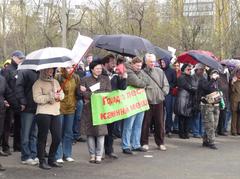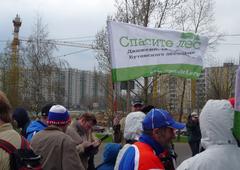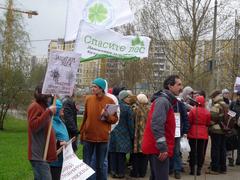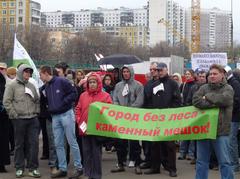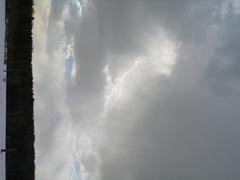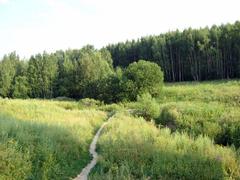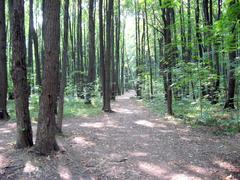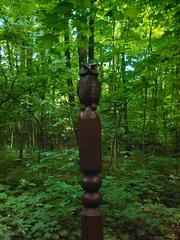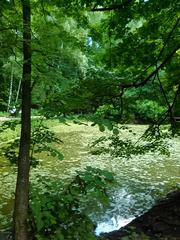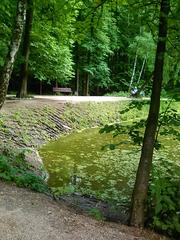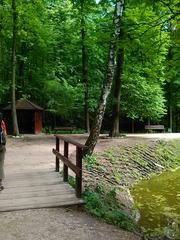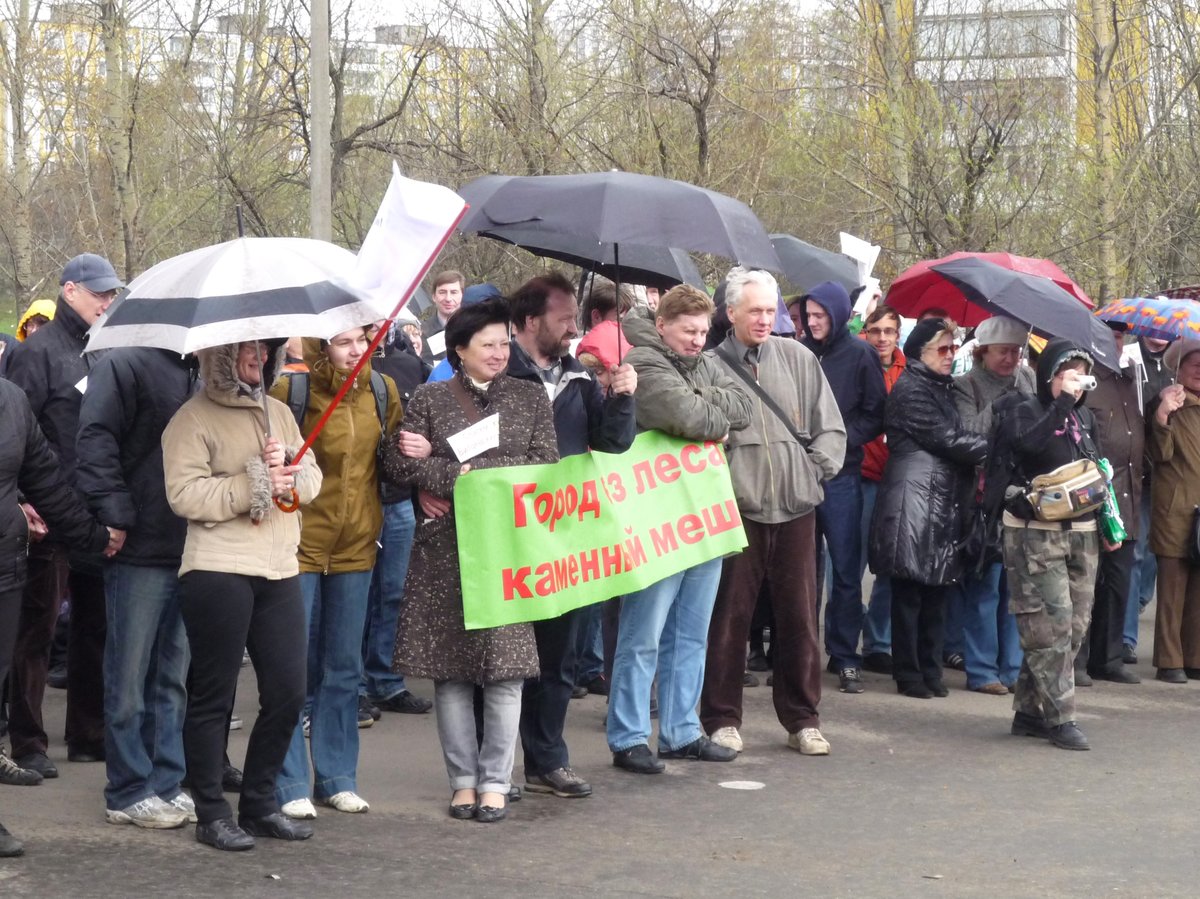
Bitsa Park Moscow: Visiting Hours, Tickets, and Attractions Guide
Date: 14/06/2025
Introduction
Nestled in southern Moscow, Bitsa Park (Bitsevski Park) stands as one of the city’s largest and most cherished green spaces, spanning approximately 18 square kilometers (about 2,200 hectares). This expansive urban forest seamlessly blends natural beauty, ecological diversity, and rich cultural heritage. Visitors can meander through historic estates like Uzkoye and Znamenskoye-Sadki, traverse scenic trails, and experience the legacy of the 1980 Moscow Olympics at the Bitsa Equestrian Complex. As an ecological sanctuary, Bitsa Park supports over 500 plant species and a wide variety of wildlife, making it a vibrant destination for nature enthusiasts and families alike.
Despite a period of notoriety in the early 2000s, the park has since reestablished itself as a safe, welcoming space through enhanced security and community engagement. Open daily from dawn until dusk, with free entry and excellent accessibility via metro stations including Yasenevo and Novoyasenevskaya, Bitsa Park is ideal for tranquil walks, historical exploration, family activities, and ecological education. This guide provides comprehensive information on Bitsa Park’s history, visitor amenities, activities, and practical tips to ensure a memorable visit.
(Wikipedia, Moscow Official Tourism, Tripomatic)
Contents
- Early Land Use and Transformation
- Soviet Era and Cultural Landmarks
- Olympic Legacy and Modern Development
- Ecological Significance
- Social and Community Role
- Notorious Events and Public Perception
- Visiting Hours, Tickets, and Accessibility
- Special Events and Photographic Spots
- Nearby Attractions
- Frequently Asked Questions (FAQ)
- Conclusion & Visitor Tips
- Sources
Early Land Use and Transformation
The land now comprising Bitsa Park was once agricultural territory owned by Russian nobility in the 19th century. Families such as the Katkovs contributed to the landscape’s botanical richness by planting lindens, oaks, and firs—many of which still flourish today (Wikipedia). As Moscow’s boundaries expanded throughout the 20th century, the city’s urbanization gradually absorbed these rural estates, prompting the transformation of private lands into public green space. By the early 2000s, Bitsa Park was officially designated as a public park, reflecting Moscow’s broader commitment to preserving green spaces for communal use (Moscow Official Tourism).
Soviet Era and Cultural Landmarks
During the Soviet period, Bitsa Park grew in importance as a recreational haven for the city’s rapidly increasing population. The Chertanovka and Bitsa rivers, which flow through the park, add to its natural allure. Notable 18th-century estates, such as Uzkoye and Znamenskoye-Sadki, now serve as cultural landmarks within the park (Moscow City Website). In 1974, Bitsa Park hosted the “Bulldozer Exhibition”—an unapproved display of nonconformist art that was famously dispersed by authorities, marking a pivotal moment in Soviet artistic resistance (Wikipedia).
Olympic Legacy and Modern Development
A defining event in Bitsa Park’s modern history was its role as the site of the Bitsa Equestrian Complex for the 1980 Summer Olympics (Olympic.org). This not only brought international recognition but also improved park infrastructure and accessibility. Following the Soviet Union’s dissolution, Bitsa Park became a critical green refuge for local residents during times of economic transition and uncertainty (Medium).
Ecological Significance
Bitsa Park is renowned as a vital “green lung” for Moscow, significantly improving air quality and supporting urban biodiversity (All Top Everything). Over 500 plant species, 33 species of mammals, and 78 species of birds have been recorded, making it a hotspot for nature lovers and birdwatchers (Moscow Nature, Allrus.me). The park’s network of ecological trails, including the “Touch the Nature” trail, provides opportunities for environmental education, with features like an apiary, medicinal plant gardens, and rock gardens.
Water features such as the Bitsa River and numerous ponds support amphibians and migratory birds, adding to the park’s ecological diversity. Managed by the Department of Natural Resources and Environmental Protection, ongoing conservation efforts address challenges posed by urban encroachment and recreational use (All Top Everything).
Social and Community Role
Bitsa Park has always been a communal gathering point for residents of southern Moscow. Its extensive trails, meadows, and wooded areas offer ample space for jogging, cycling, picnicking, and family recreation (touristplaces.guide). Community events, educational programs, and seasonal festivals foster a strong sense of local identity and engagement. The park also provides a rustic retreat, with minimal commercialization, which preserves its tranquil character.
Notorious Events and Public Perception
The park was thrust into the spotlight in the early 2000s as the site of crimes committed by Alexander Pichushkin, the “Chessboard Killer” (Wikipedia, Ranker, Medium). This period saw a temporary decline in visitation. However, subsequent security improvements and community initiatives have successfully restored Bitsa Park’s reputation as a safe and inviting destination.
Visiting Hours, Tickets, and Accessibility
- Hours: Open daily from dawn until dusk (typically 6:00 AM to 10:00 PM); some areas may vary seasonally.
- Tickets: Entry is free; no tickets required. Some facilities, like the equestrian center, may have their own fees and schedules.
- Accessibility: The park is accessible via the Moscow Metro (Yasenevo, Novoyasenevskaya, Bitsevsky Park stations), and by bus or tram. Main paths and entrances are generally accessible for visitors with limited mobility, though some wooded trails may be uneven.
- Facilities: Restrooms, drinking fountains, and playgrounds are located near main entrances. Seasonal kiosks and cafes offer refreshments, while picnic areas and benches provide rest stops throughout the park (PlanetWare).
Special Events, Guided Tours, and Photographic Spots
- Events: Seasonal festivals, sports competitions, open-air concerts, and educational workshops are regularly held in the park. Check the Moscow city events calendar for current listings.
- Guided Tours: Historical and ecological tours are available, especially in spring and summer, offering deeper insights into the park’s heritage and wildlife.
- Photographic Spots: Noteworthy locations include the Uzkoye estate, Bitsa River wetlands, wildflower meadows, and the Olympic Equestrian Complex. Early morning and late afternoon light offer optimal conditions for photography.
Activities and Attractions
- Walking, Hiking, & Cycling: Extensive trail networks suit all fitness levels. Bike rentals are available through the city’s Velobike scheme.
- Horseback Riding: The Bitsa Equestrian Complex offers horseback riding lessons and guided rides; advance booking is advised.
- Wildlife Watching: The park’s diverse fauna is best observed at dawn or dusk; feeding wildlife is discouraged.
- Winter Sports: Cross-country skiing and snowshoeing are popular in winter, with equipment rentals available.
- Children’s Playgrounds: Modern, safe structures are found near main entrances.
- Picnicking: Open lawns and forest clearings are ideal for family gatherings and relaxation.
Nearby Attractions
- Historical Estates: Explore the Znamenskoye-Sadki and Uzkoye estates within or near the park.
- Other Parks: Kolomenskoye and Tsaritsyno, both accessible by metro, offer further cultural and natural exploration (PlanetWare).
- Dining & Accommodation: Cafés and shops are available in nearby districts. The Astrus Hotel Moscow, 5.7 km away, is a convenient option for overnight stays.
Frequently Asked Questions (FAQ)
Q: What are Bitsa Park’s opening hours?
A: Open daily from 6:00 AM to 10:00 PM; park is accessible year-round.
Q: Is there an entrance fee?
A: No, entry is free. Some activities, such as horseback riding, may have fees.
Q: Are pets allowed?
A: Yes, pets are welcome but must be kept on a leash and owners must clean up after them.
Q: How do I get there via public transport?
A: The nearest metro stations are Bitsevsky Park, Yasenevo, and Novoyasenevskaya. Buses and trams also serve the area (Wander Without Wheels).
Q: Are there guided tours available?
A: Yes, guided historical and ecological tours are offered, especially during the warmer months.
Q: Is the park accessible for visitors with disabilities?
A: Main entrances and some paths are accessible, though wooded trails may be challenging.
Conclusion & Visitor Tips
Bitsa Park encapsulates Moscow’s dedication to preserving natural spaces amid urban expansion. Its vast landscapes, cultural monuments, and biodiversity offer a multifaceted visitor experience—from tranquil walks and family outings to wildlife observation and historical exploration. The park’s Olympic legacy and restored safety make it an enduring favorite among both locals and tourists.
Visitor Tips:
- Dress for the season and wear comfortable shoes.
- Bring your own water and snacks; facilities may be limited in remote areas.
- Visit during daylight hours for safety and the best experience.
- Respect park regulations: keep pets leashed, dispose of litter properly, and use designated picnic and barbecue areas.
- Download offline maps and consider translation apps for ease of navigation.
For the latest updates, event notifications, and immersive audio guides, download the Audiala app and follow Moscow parks’ official social media channels.
Sources and Official Links
- Wikipedia
- Moscow Official Tourism
- All Top Everything
- Allrus.me
- Tripomatic
- Olympic.org
- Medium
- Moscow City Website
- PlanetWare
- Wander Without Wheels
- Penguin Travel
- Travel Like a Boss
- touristplaces.guide
- Ranker
- urtrips.com
